Issue 16 Flipbook

Read issue 16 as a flipbook

Read issue 16 as a flipbook


March: Brussels sprouts (seedling tray), broad beans, beetroot, broccoli (seedling tray), cabbage (seedling tray), carrot, chives, coriander, daikon, endive, fennel, kale, kohlrabi, leeks, lettuce, mizuna, mustard greens, pak choy/ bok choy, radish, rocket, shallots (plant bulbs), silverbeet, turnips.
April: Brussels sprouts, broad beans, beetroot, broccoli, cabbage, carrot, cauliflower, chives, endive, fennel, garlic (plant cloves), kale, kohlrabi, lettuce, mizuna, mustard greens, onions, pak choy/bok choy, parsley, peas, radish, rocket, shallots (plant bulbs), silverbeet, spinach, turnip.
May: Broad beans, beetroot, carrot, chives, fennel, garlic, kale, kohlrabi, lettuce, mizuna, mustard greens, onions, parsley, peas, radish, shallots (plant bulb), silverbeet, spinach, turnip.
June: Broad beans, garlic (plant cloves), mustard greens, onions, peas, radish.
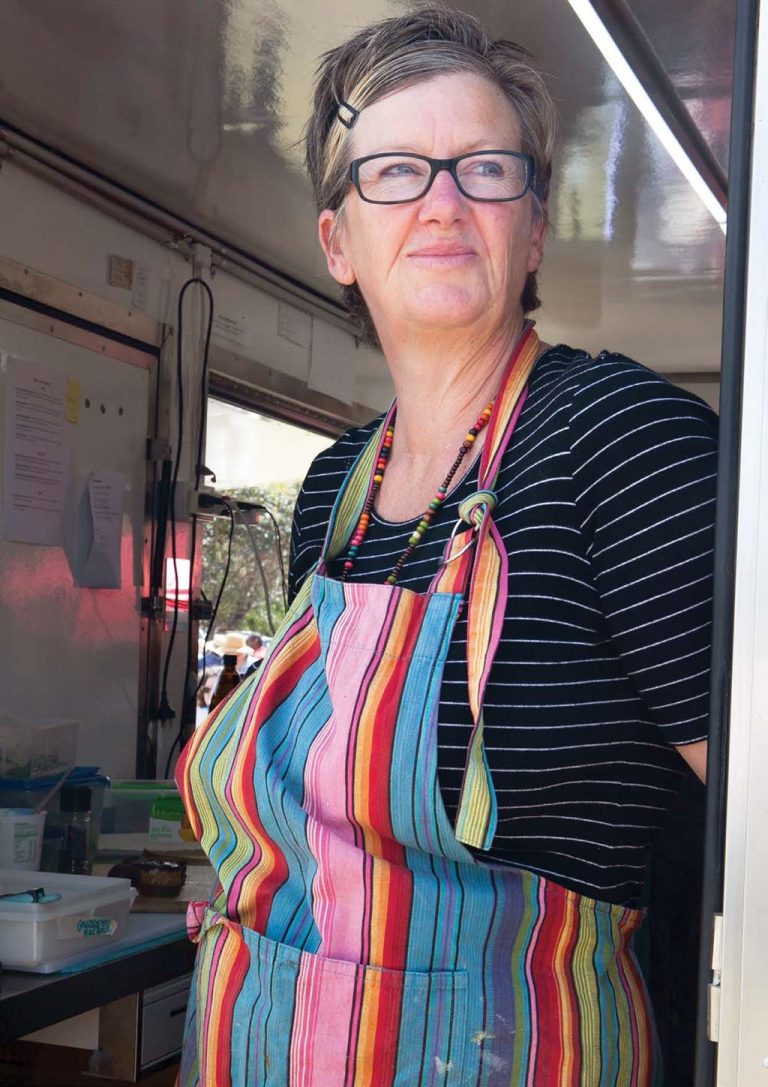

Conversation has been a powerful tool for bringing about change in the life of Nicky Harris. A conversation with a neighbour was how she discovered permaculture. Conversations, workshops and TAFE courses have all been part of Nicky’s journey to learning an incredible range of skills. Conversation is where she finds joy when talking to customers who buy the nutritious and delectable treats she sells from her market van. For Nicky, conversation is both the journey and the destination.
Nicky and her partner, Chris Aitken, live in a mudbrick home on a 20-acre property in Brogo on the NSW Far South Coast, with a large vegetable garden and fruit trees. They sell handmade healthy ‘treats’, fermented and pickled vegetables such as kimchi and a range of flavoured and medicinal kombucha drinks, both bottled and on tap. Nicky and Chris bought and renovated a food van and use it as their commercial kitchen and to travel around the Bega Valley, selling their ethical products at farmers markets, events and festivals.
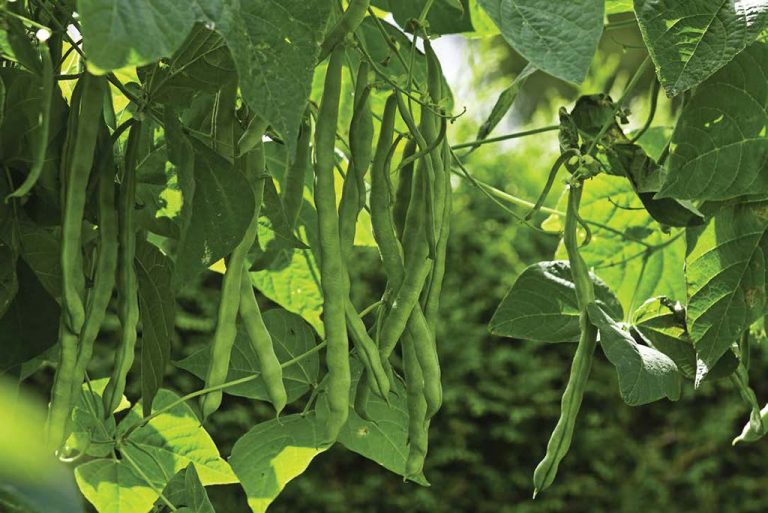

The ‘common bean’ Phaseolus vulgaris – phaseolus being Greek for bean and vulgaris Greek for common – covers both green beans (French beans) and dried beans such as pinto, navy, kidney and borlotti.
Origin
Although there are records of bean cultivation in Mexico in 4000 BCE, the plants seem to have originated from the temperate regions of South America. The Incas of Peru are thought to be the domesticators of beans.
Description
Some beans are grown to be eaten green when the pods are tender (green beans or French beans) and others are eaten dried (kidney, navy). Green beans have either no parchment (inner skin) in their pods, or a very thin one, and the beans for drying usually have a thick parchment. Apart from the green beans being left to mature on the bush, the seed-saving techniques for both green and dried are very similar.
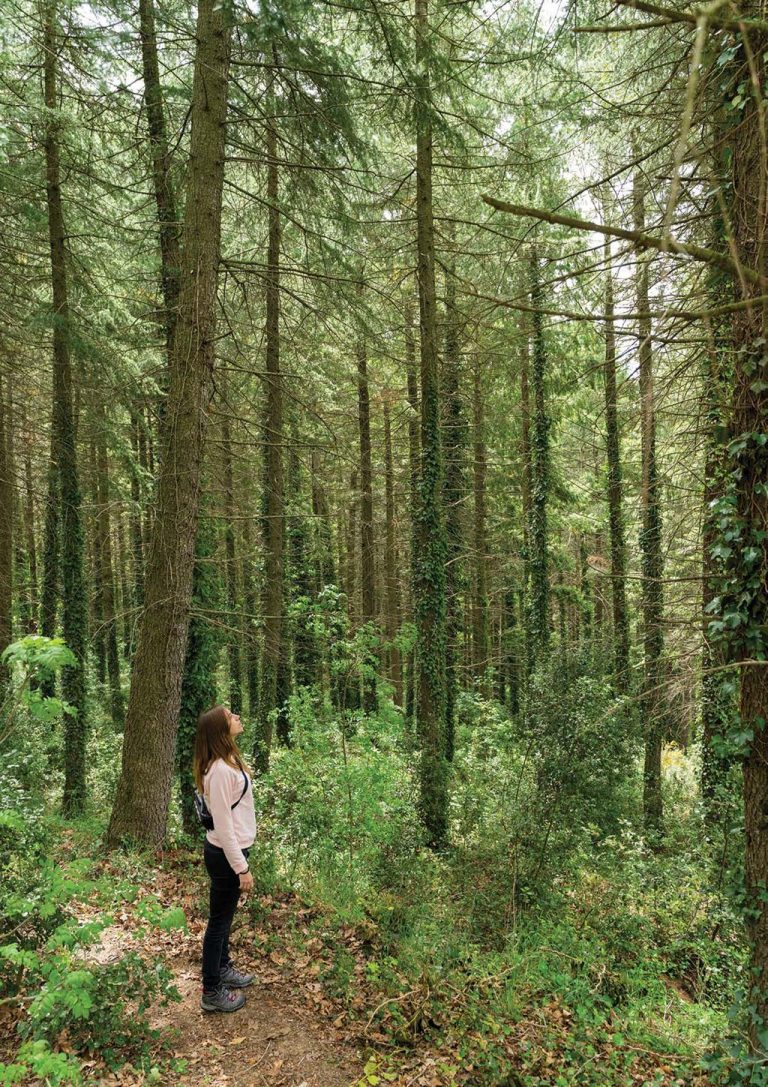

Many of us spend a lot of time and energy caring for the environment and caring for others in our families and our communities. Sometimes we find that, while spending all this time and energy caring for everyone else, we forget to care for ourselves.
Inevitably we get tired and struggle with our own health, happiness and sense of wellbeing, and we stop working effectively.
In permaculture, we talk about zones, with zone 0 being the home and inside the home, zone one the area directly around the home and it goes out from there until we reach zone five, which is the wilderness and wild areas.
Through these zones we look at how we design, build and maintain our homes, gardens and properties. How we look after our inner self is known as zone 00. Just as we apply permaculture design principles to these other zones, we can apply them to our own lives.


Hands up if you’re feeling a bit helpless in the face of climate change? It seems our governments are doing little to help, our pleas for change are falling on deaf ears; and big business and greed seem to have more say than good people caring for the Earth. Don’t be disheartened though. Activism comes in many forms and there are many ways we can help heal the planet.
Focusing on change at the global level can feel disempowering and may lead to inaction and despair. While for some people, focusing on the global is their calling, we need to find how best we can contribute in a way that calls to our own passions and interests, whether that be reducing plastic, planting trees, growing food, caring for people or creating community.
To find your calling, it helps to connect with nature. When we feel a love for our earth, our soil, our rivers, lakes, animals and people, then we can listen to our hearts and find the place we can do the most good. If we can see the planet and everything on it as deserving of respect – recognising the landscape, plants, animals, insects and other people in their own right and not just for their use to us – then we can ask the questions: How can I serve you? How can I serve the soil? How can I serve the water? How can I be part of creating a healthy and thriving ecosystem?
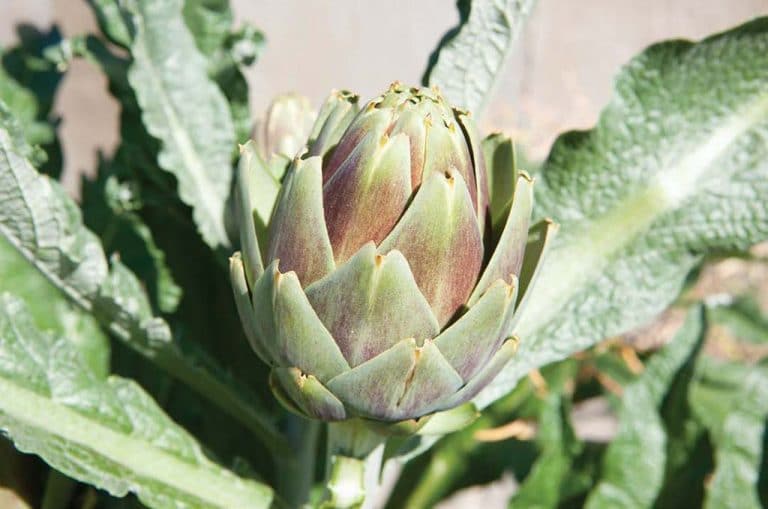

Striking, hardy and delicious, globe artichokes fill many roles in any permaculture-savvy garden. Once established, they survive with minimal attention and create a silvery-green focal point in all food gardens. They make an excellent hedge or windbreak planted close together and provide a unique and pleasing addition to the spring and summer table.
The globe artichoke, a member of the asteraceae family, is actually a thistle. If you see one in bloom it will be obvious because the flower head looks like a super-sized thistle head! Originating in the Mediterranean, they grow well in warm, dry climates. They are a perfect plant to fill a hot, sunny corner of the garden and will grow well with a regular deep soaking of water to help them become established. Just allow them plenty of space as they mature up to 1 m wide and 1.5 m tall.
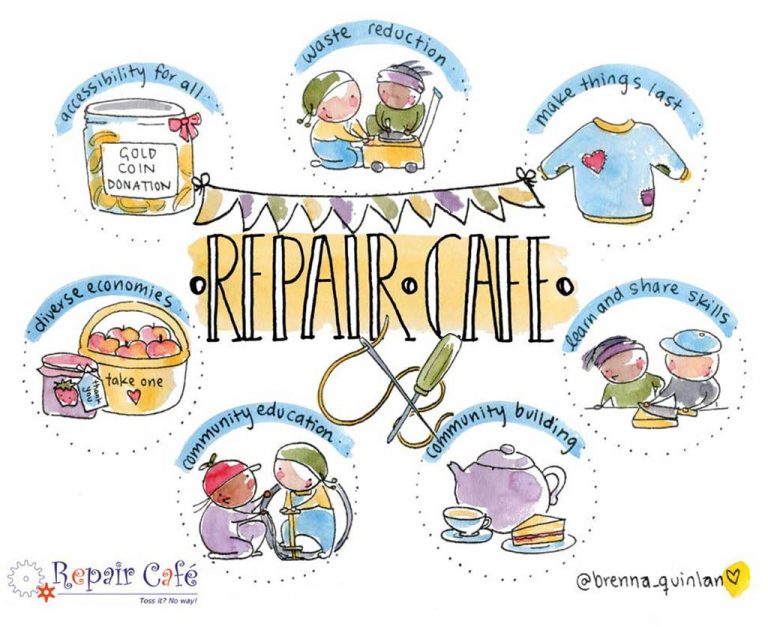

Imagine a world where we know and care for the life story of things and care about how items are used and re-used. The Repair Cafe movement is working to create such a world.
Just over 12 months ago, Daylesford’s Repair Cafe started with a community meeting to bring together local repairers and supporters, people who could volunteer their time and skills every month. The breadth of skills uncovered included sewing, soldering, welding, mechanical and electrical work, knife and tool sharpening, bicycle maintenance, metal and woodwork, cooking, cake making, financial management and general support.
The Cafe is open the third Sunday of every month, from 1–4 pm, at Hepburn Shire’s Victoria Park Pavilion. Support from the regional waste management group enabled promotional material to be produced. Before long, the new Cafe was registered on the International Repair Cafe Foundation worldwide map.


This is an important book for fishermen, ocean lovers, seafood eaters, environmentalists; in fact, everyone inhabiting the Earth. The oceans are in peril. Seafood stocks are decimated. Bren Smith offers a compelling solution for cleaning up the oceans, growing enough food for a burgeoning global population and capturing enough carbon to make a difference in a climatechanging world – by growing seaweed and bivalves in a vertical ocean farm.
The book begins as a rollicking tale of Bren’s youth in Newfoundland and as a commercial fisherman in the Bering Sea, moving to a slow but dramatic evolution into his awareness of the oceans’ problems. He shares his revelation that seaweed is a nutritious, delicious, versatile superfood and writes about his creation of vertical ocean farms to grow oysters, mussels, clams and sea ‘vegetables’.
Bren’s account of this often painful and heart-wrenching process, littered with mega-storms, dodgy New York financiers and the world’s best chefs, ends up overwhelmingly positive and will make you want to give up your day job and become a restorative ocean farmer too.
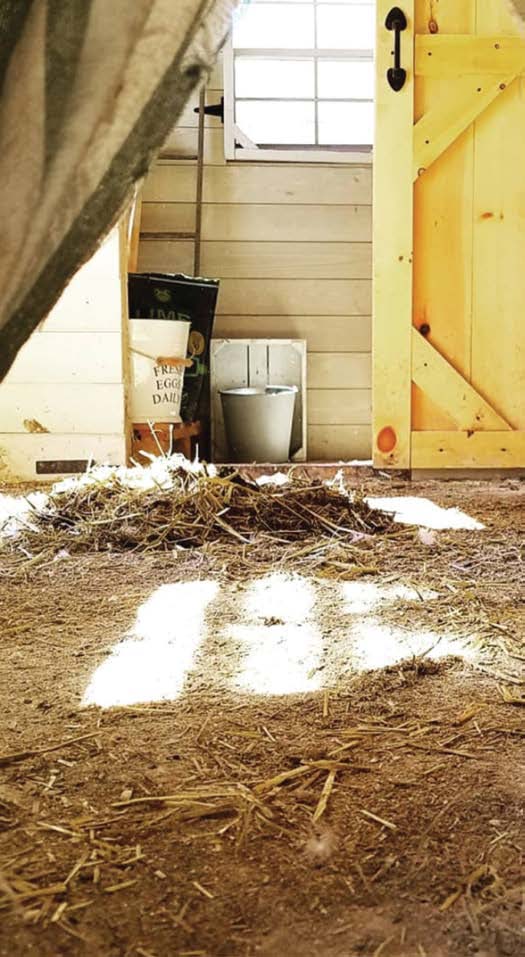

A chicken coop deep litter system is a compost heap inside your coop, where chook poo is deposited under where the chickens roost; or in the chicken run. Your chicken house should allow quite a bit of airflow. Closed housing risks building up ammonia levels that are harmful to chooks.
How It Works
Carbon-rich materials are layered and mixed with nutrientrich chook droppings forming a composting litter. Chickens dig through the litter, eating worms, slaters and other insects. The scratching and foraging activity turns the compost and can reduce insect pests such as lice and mites.